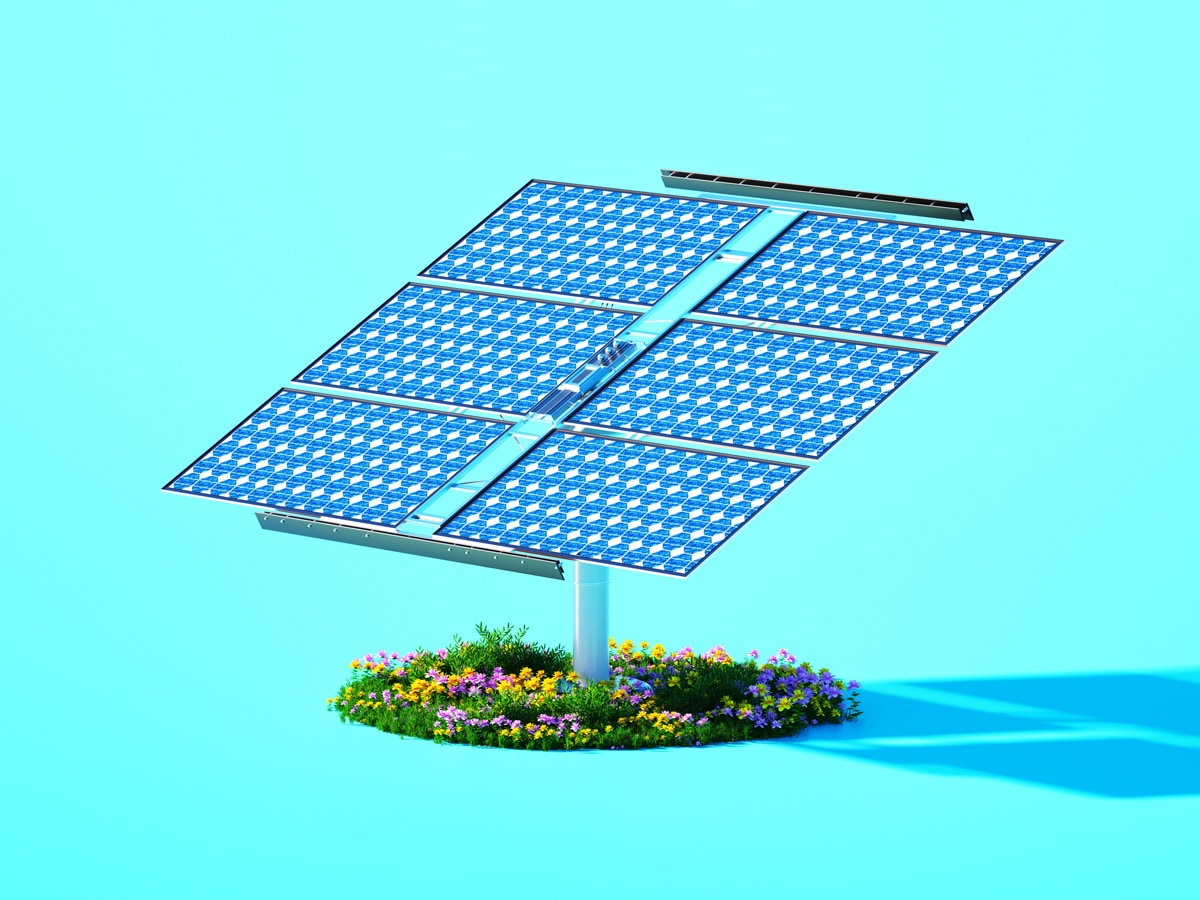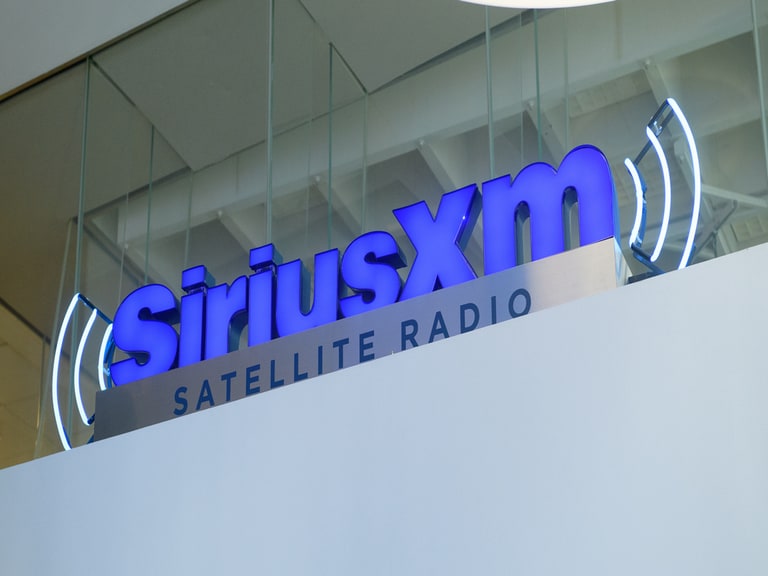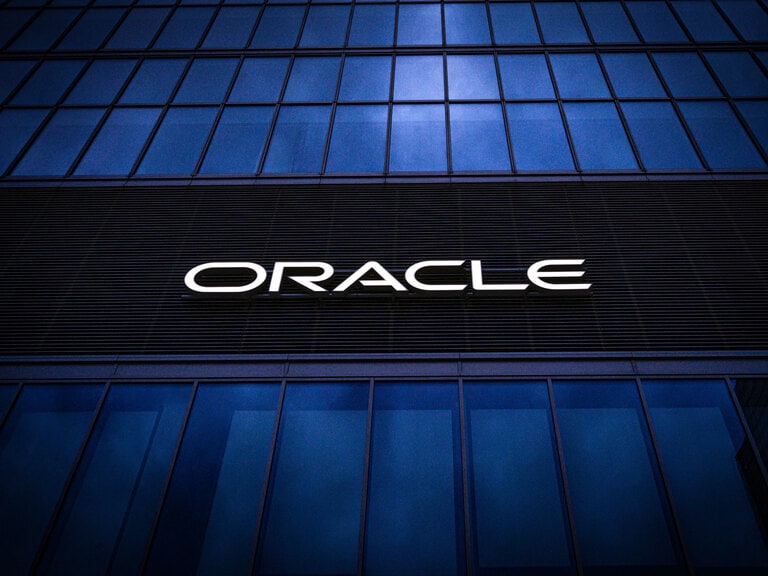The huge incentives on offer to the US solar industry through the Inflation Reduction Act is proving to be a boon for the big players, including First Solar. While there is near-term weakness due to high interest rates, the residential solar products market is forecast to add 236 GW of solar capacity over the next five years.
- First Solar received $7.3m in funding to develop a new type of solar panel as part of a broader $82m package announced in April.
- Generous subsidies are encouraging foreign companies like Meyer Burger to abandon Europe for the US.
- How to invest in the US solar industry: the Global X Solar ETF is down 23.8% in the past six months.
The solar industry has been on the receiving end of tailwinds in recent months. Not only is demand for renewable sources growing at a blistering pace, but US President Joe Biden has been doubling down on his support for solar panels.
In July, Biden bolstered the government’s support for the domestic manufacturing of solar components with a $45m package, which includes $18m from the Bipartisan Infrastructure Law.
The production of components along the solar panel supply chain is currently concentrated on Chinese-headquartered companies in southeast Asia. This poses a “significant supply risk”, warned the Department of Energy in February.
July’s financial support followed an $82m package unveiled in April, which will be shared between 19 projects across 12 states. One of these will be First Solar’s [FSLR] aim to develop a residential rooftop product. The US solar panel manufacturer is due to receive $7.3m to develop a new type of panel that is more efficient than the silicon and thin-film modules currently on the market.
“We’re accelerating toward a clean energy future by spurring domestic manufacturing, establishing a resilient supply chain and creating jobs — all with a ‘Made in America’ sticker on it. Giddy-up!” exclaimed Democratic senator of Colorado John Hickenlooper in response to the news.
First Solar to build a fifth US factory
Biden’s commitment to driving the US solar industry has fuelled a flurry of announcements from major solar companies.
As of the end of last month, $270bn of capital had been injected into utility-scale manufacturing facilities and clean energy projects since the federal clean energy incentives were signed into law last year, according to American Clean Power. This is approximately the same amount that was invested in the prior seven years.
First Solar is to invest $1.1bn in a fifth factory in the country, the company said at the end of July. Due to be up and running by the middle of 2026, the Arizona-headquartered company hopes the factory will produce solar modules manufactured with 100% US-made components in line with guidance issued by the US Department of Treasury.
“With this investment, we continue to help deliver on the promise of the Inflation Reduction Act, which is to create enduring value for our country,” said CEO Mark Widmar in a statement. The investment will help the country to enter the 2030s “in a position of strength, fully capable of producing the technology it needs to complete its transition to a sustainable energy future,” he added.
Residential market primed for growth
The US solar industry enjoyed its best quarter in history in the first three months of the year, according to the US Solar Market Insight Second Quarter (Q2) 2023 report released by the Solar Energy Industries Association (SEIA) in partnership with energy research consultancy Wood Mackenzie in June. The industry’s capacity rose 47% year-over-year as delayed solar projects finally came online.
The residential market installed 1.6 gigawatts (GW) of solar capacity in Q1. “Consumer hesitancy is a persistent trend” in the current economic climate, so installers in some states have been seeing a slowdown in sales, noted the SEIA report, but the residential market is still forecast to add 236 GW of solar capacity over the next five years.
Foreign companies set up plants in the US
Amid a recovery in consumer demand for residential solar panels, foreign companies may look to the US and generous subsidies on offer. Swiss industrial manufacturer Meyer Burger [MBTN.SW] announced last month that it’s abandoning plans to build a solar cell production facility in Germany in favour of one in Colorado which will “exclusively supply Meyer Burger’s solar module production facility in Goodyear, Arizona with ‘Made in USA’ solar cells”.
“You're going to see really interesting dynamics take place now that the US is investing so much through investment tax credits and really trying to challenge China's supremacy in this area,” Stephen Derkash, senior advisor at EQM Indexes and HANetf’s partner on the Solar Energy UCITS ETF [TANN.L], said on a recent episode of Opto Sessions.
Near-term sentiment could dim
While solar stocks soared in the first half of the year amid optimism around US government support for clean energy infrastructure, they have taken a dip in recent weeks as sentiment dims and companies warn of near-term demand challenges.
On its Q2 2023 earnings call on 1 August, SolarEdge [SEDG] CEO Zvi Lando delivered a warning: As a result of higher interest rates weighing on demand, inventories are higher than expected “as they were built in anticipation of substantial market growth that did not materialise”.
Despite revenue rising 36% year-over-year to $991.3m in the three months to the end of June, revenue for Q3 2023 is expected to underwhelm. SolarEdge’s guidance is $880m–$920m, implying an increase of 5–10% on the $836.7m reported in Q3 2022.
How to invest in the US solar industry
ETFs, or exchange-traded funds, offer an economical and diversified way to invest in a variety of stocks within a particular theme.
Funds in focus: the Global X Solar ETF
There are a few options to gain exposure to the US solar industry, all of which hold some of the country’s major players, including First Solar and Solar Edge.
As of 31 July, the Global X Solar ETF [RAYS] has allocated 59.8% of its portfolio to information technology (IT), while industrials accounts for 28.4%. The utilities sector has been allocated 7.7%, while materials and consumer discretionary have weightings of 3.1% and 1.1% respectively. The fund is down 23.8% in the past six months.
The Invesco Solar ETF [TAN] is also weighted heavily in favour of IT (58.50%), while utilities have an allocation of 19.08% as of 7 August. The industrials sector makes up 17.00%, while financials and materials have allocations of 3.21% and 2.15% respectively. The fund is down 18.2% in the past six months.
The BetaShares Solar ETF [TANN.AX] is weighted in favour of semiconductor materials and equipment (33.3%), followed by renewable electricity (18.2%), electrical components and equipment (18.0%) and semiconductors (15.0%) as of 30 June. Automobile manufacturers, mortgage REITs, chemicals and construction and engineering make up the rest of the portfolio. The fund is down 11.4% in the past six months.
Disclaimer Past performance is not a reliable indicator of future results.
CMC Markets is an execution-only service provider. The material (whether or not it states any opinions) is for general information purposes only, and does not take into account your personal circumstances or objectives. Nothing in this material is (or should be considered to be) financial, investment or other advice on which reliance should be placed. No opinion given in the material constitutes a recommendation by CMC Markets or the author that any particular investment, security, transaction or investment strategy is suitable for any specific person.
The material has not been prepared in accordance with legal requirements designed to promote the independence of investment research. Although we are not specifically prevented from dealing before providing this material, we do not seek to take advantage of the material prior to its dissemination.
CMC Markets does not endorse or offer opinion on the trading strategies used by the author. Their trading strategies do not guarantee any return and CMC Markets shall not be held responsible for any loss that you may incur, either directly or indirectly, arising from any investment based on any information contained herein.
*Tax treatment depends on individual circumstances and can change or may differ in a jurisdiction other than the UK.
Continue reading for FREE
- Includes free newsletter updates, unsubscribe anytime. Privacy policy






